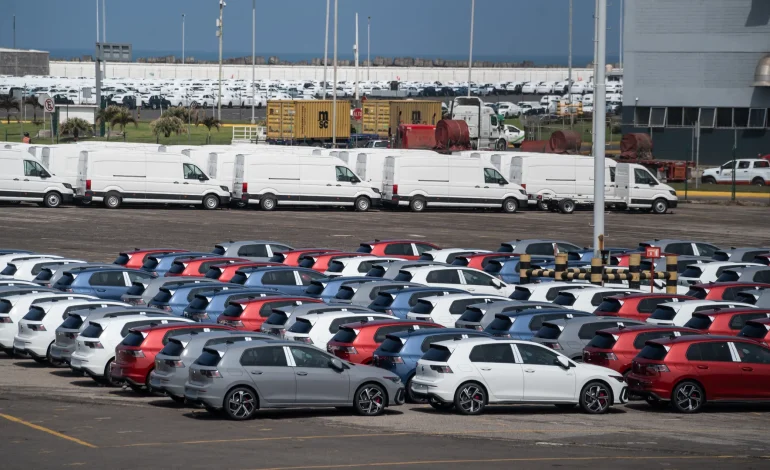Three Everyday Products That Could Become More Expensive Due to Metal Tariffs

The United States is preparing to impose a 25% tariff on all steel and aluminum imports, ending exemptions for key trade partners such as Canada, Mexico, Brazil, and the European Union.
The move, announced by President Donald Trump, is expected to take effect next month and could lead to increased costs for businesses that rely on these metals.
While the tariffs aim to support domestic metal production, they also raise concerns that businesses may pass the higher costs onto consumers. Since steel and aluminum are critical materials in many industries, several everyday products could see price increases.
1. Canned Food, Beer, and Soft Drinks
The US imports roughly 70% of the steel used to manufacture cans for food and beverages, with key suppliers including Germany, the Netherlands, and Canada. In 2018, when similar tariffs were imposed, many can manufacturers were granted exemptions to keep costs manageable. However, with no such exclusions this time, industry leaders are warning that grocery prices for canned goods could rise.
Robert Budway, president of the Can Manufacturers Institute, emphasized that the tariffs could undermine food security and increase prices for staple items. Large food companies such as General Mills, Del Monte, and Goya have already voiced concerns.
Brewers and soft drink manufacturers also expect higher costs due to aluminum tariffs. Coca-Cola CEO James Quincey acknowledged the challenge but suggested the company would seek ways to adapt. Nonetheless, consumers may see slight price hikes on canned beverages.
2. Automobiles
The automotive industry relies heavily on steel and aluminum for vehicle production. Following similar tariffs in 2018, major automakers, including Ford and General Motors, reported additional costs of around $1 billion each. Analysts estimated that this translated into an average price increase of about $300 per vehicle at the time.
While the direct impact of the new tariffs remains uncertain, experts believe some of the added costs could be passed down to buyers. Auto manufacturers are already facing affordability concerns as vehicle sales have yet to return to pre-pandemic levels.
Ford CEO Jim Farley recently expressed concern that these tariffs, combined with proposed levies on all goods from Canada and Mexico, could significantly disrupt the industry. Analysts at TD Economics have warned that vehicle prices could rise by as much as $3,000 if broader trade tariffs are implemented.
3. Construction, Housing, and Appliances
The construction industry is one of the largest consumers of steel, which is essential for building structures, appliances, and infrastructure projects. Industry leaders argue that the new tariffs contradict the administration’s stated goal of increasing housing affordability, as higher material costs could raise home prices and deter development.
Carl Harris, chairman of the National Association of Home Builders, warned that consumers would ultimately bear the cost of the tariffs through increased home prices. Additionally, appliance manufacturers like Whirlpool previously faced significant cost increases due to steel price surges. If the new tariffs drive similar trends, higher prices for home appliances could follow.
The impact of metal tariffs extends beyond specific industries. The auto industry, in particular, has expressed concern that the new tariffs could create competitive disadvantages, potentially benefiting foreign manufacturers that are not subject to these costs.







